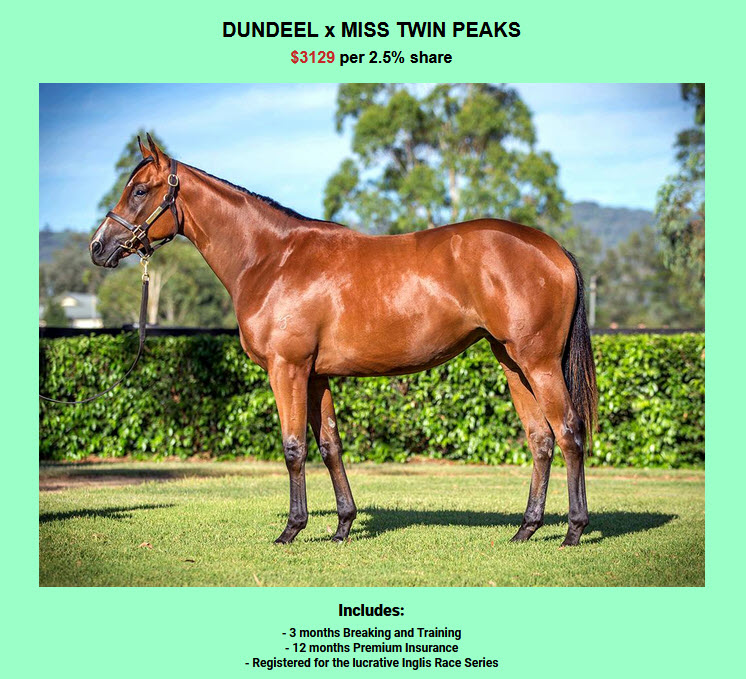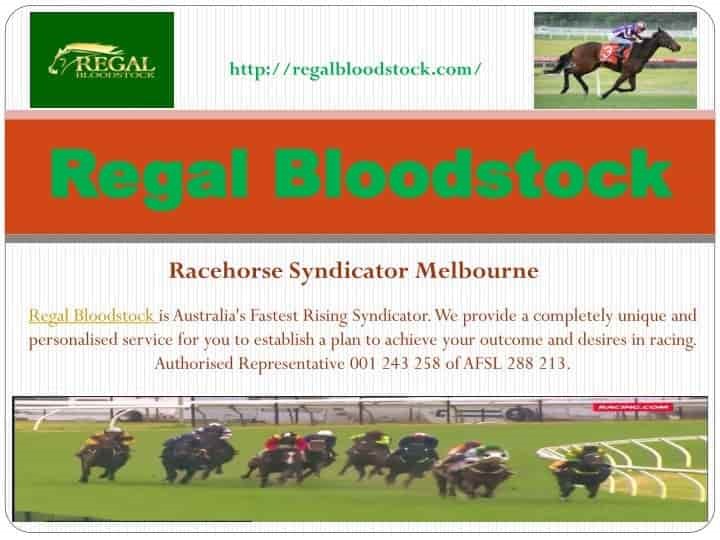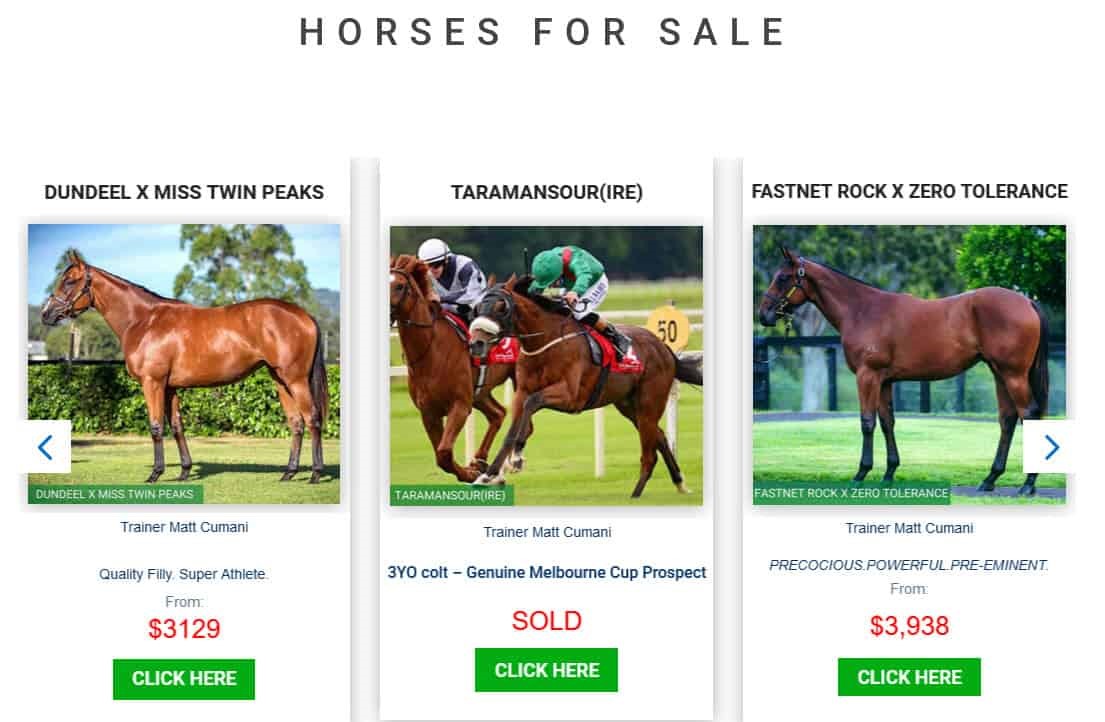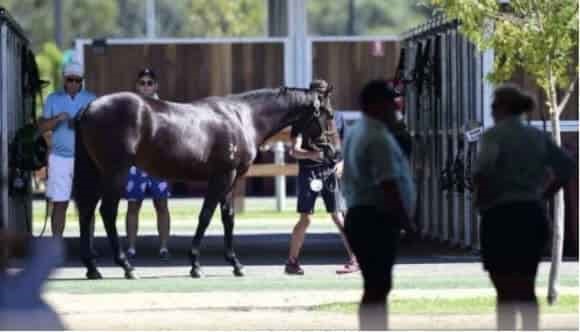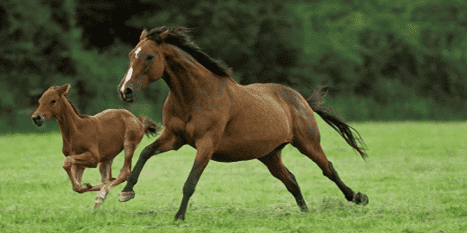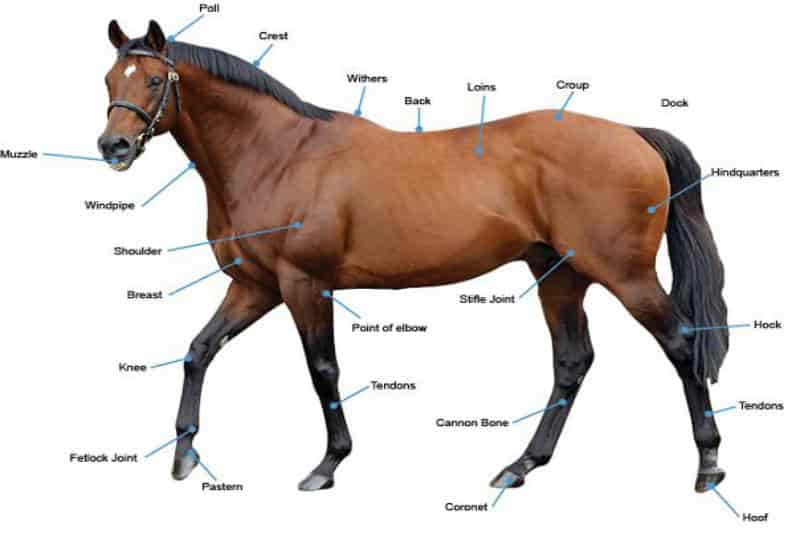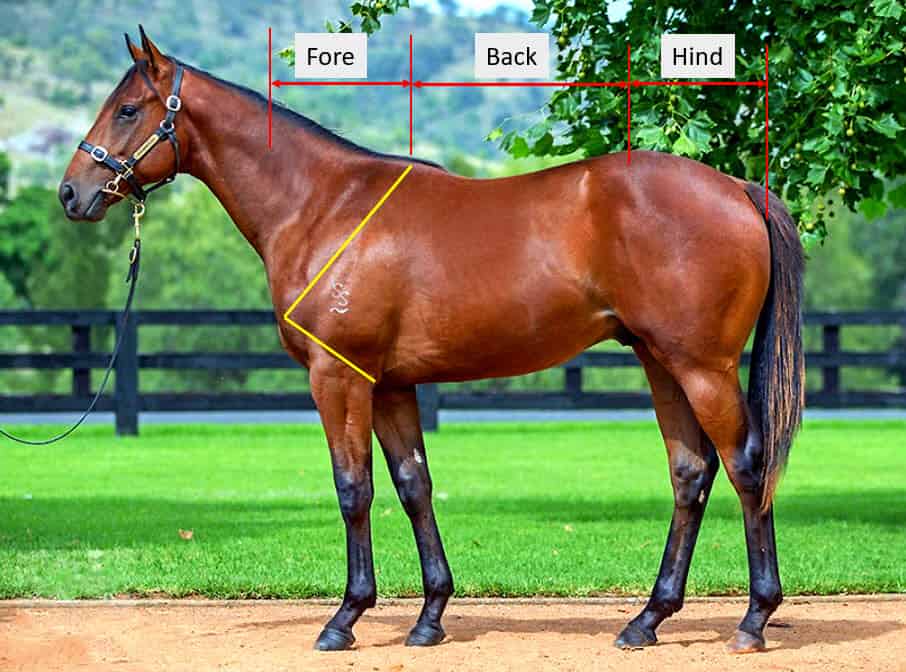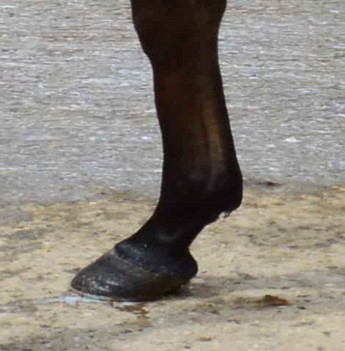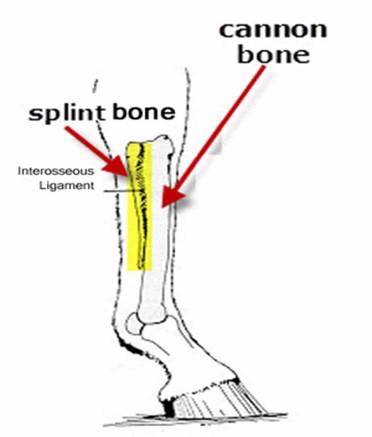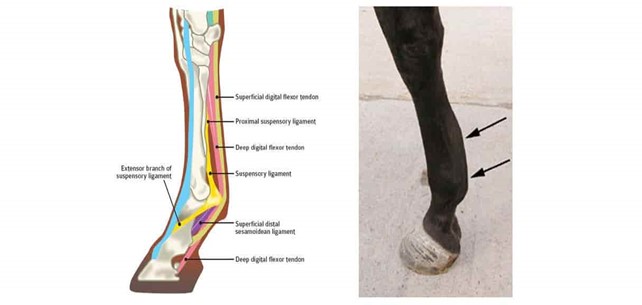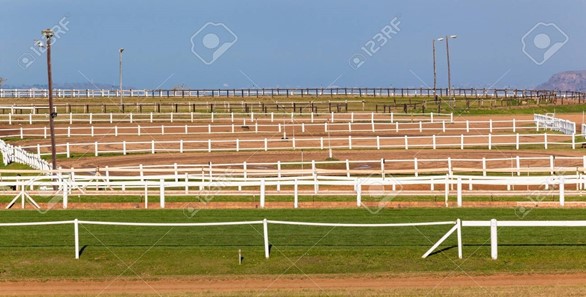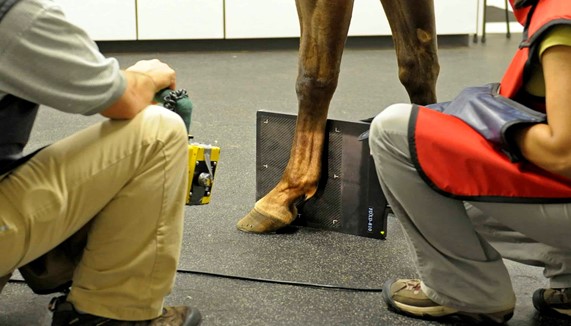Genetic Signature Selection Analysis (GSSA)
Genetic Signature Selection Analysis (GSSA)
What is GSSA?
There is no sure fire method to pinpoint a superior racehorse. However, there is now significant data which points to tremendously improved odds in identifying Elite racehorses. It is called the Genetic Signature Selection Analysis.
We have teamed up with a leading research team which has performed extensive studies of the racehorse populations both in Australia and the Northern hemisphere.
We will not obviously disclose all our secrets, but here is a brief overview of our works.

background
In current times the thoroughbred population is a healthy 500,000+ strong global breed, but in context of modern horse breeds there is an extremely low genetic diversity.
Northern Dancer is without question the most successful stallion of the 20th Century and has dominated Australian pedigrees since the 1990’s.
Over 97% of horses bred in Australia are stamped through Northern Dancer and his later sons in modern times – Sadler’s Wells and Danehill.
As such racehorses in Australia share a common genetic signature which relates to locomotion, skeletal muscle physiology, cardiac function and behavior.
Genetic Signature Selection Analysis usually affect several traits and contribute to shaping a breed. Elite Breeders, when selecting for these specific traits, have made choices which contribute to significant performance and ability in Australian racehorses.
We have partnered with the leading research team which has identified specific chromosomal regions which has led to significant performance on Australian tracks.
In short, there is 20,000+ genes in the Australian Thoroughbred genome. The reasearch team partnering with us has identified the set of genes most suited to horses racing in Australia.

Classique Legend hosts an ‘A’ Type Classification
What is history of results thus far?
The results have been astonishing.
If you would like to receive a full report of results, feel free to contact mark@regalbloodstock.com. Alternatively, I will be begin posting horses which cater favourable traits on weekly facebook posts.
HAVE YOU SECURED ANY HORSES RECENTLY WITH THESE TRAITS?
Yes!
Bold Intentions, Twin Perfections and in current offerings – Shalaa x Tresor and Dundeel x Miss Twin Peaks fillys host these superior traits.
I will be begin posting horses which cater favourable traits on weekly facebook posts.
RACEHORSES FOR SALE
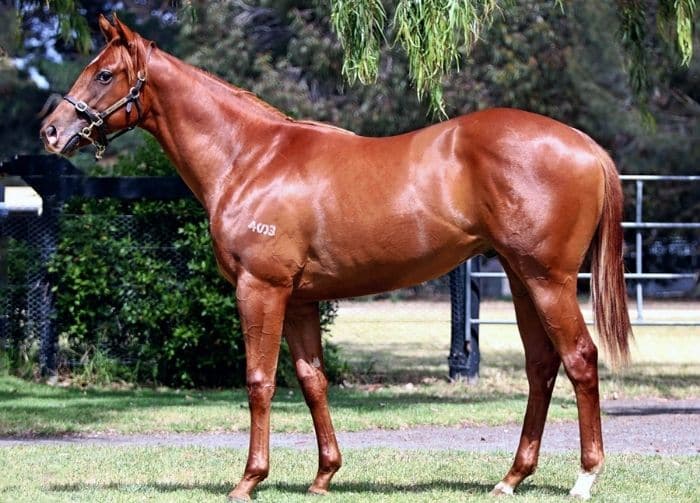
Deep field x it's a myth
Trainer Phillip Stokes
Quality Colt. Super Pedigree
Purchased : $225,000
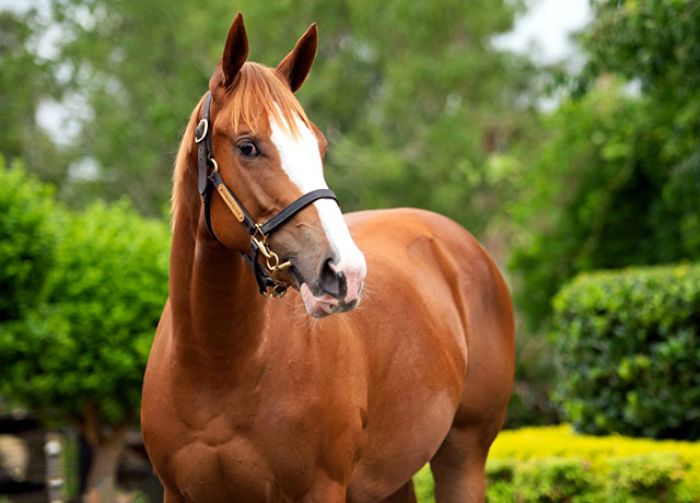
Written Tycoon x Quiet Kitten
Trainer John McArdle
Tier 1 Filly. Proven International Pedigree
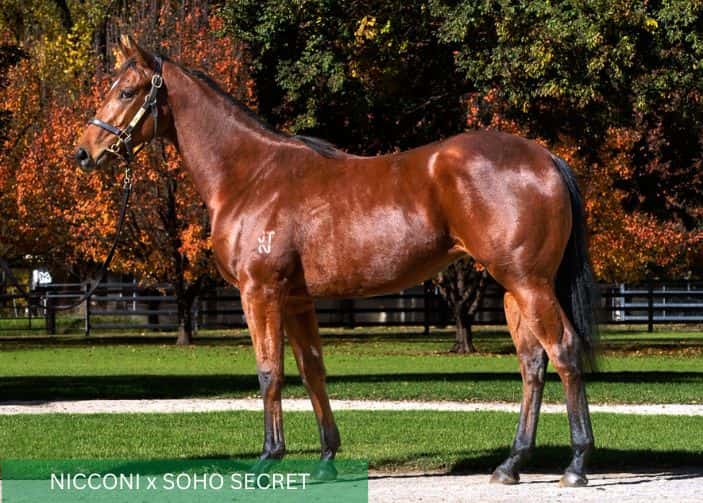
NICCONI X SOHO SECRET
Trainer Phil Stokes
Stunning Filly. Half to GP1 Winner Vanbrugh

